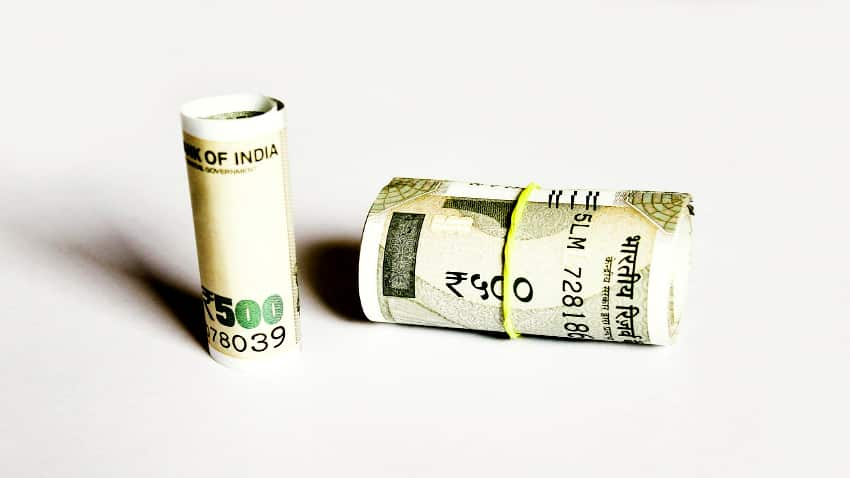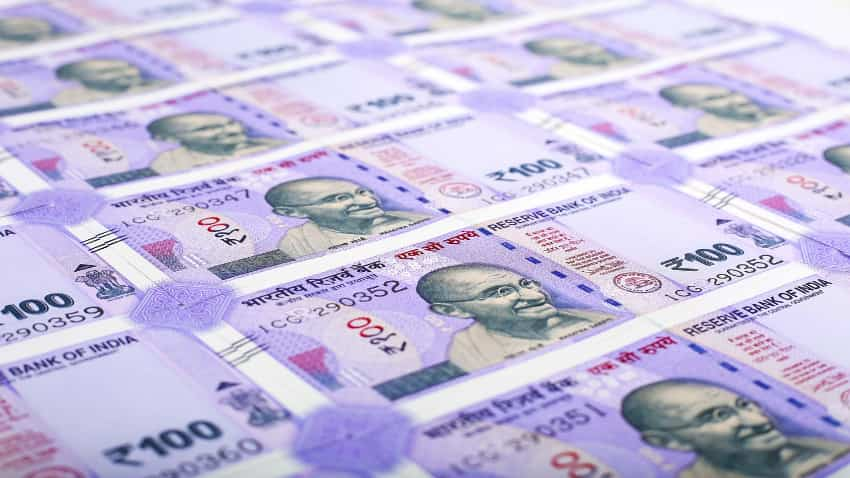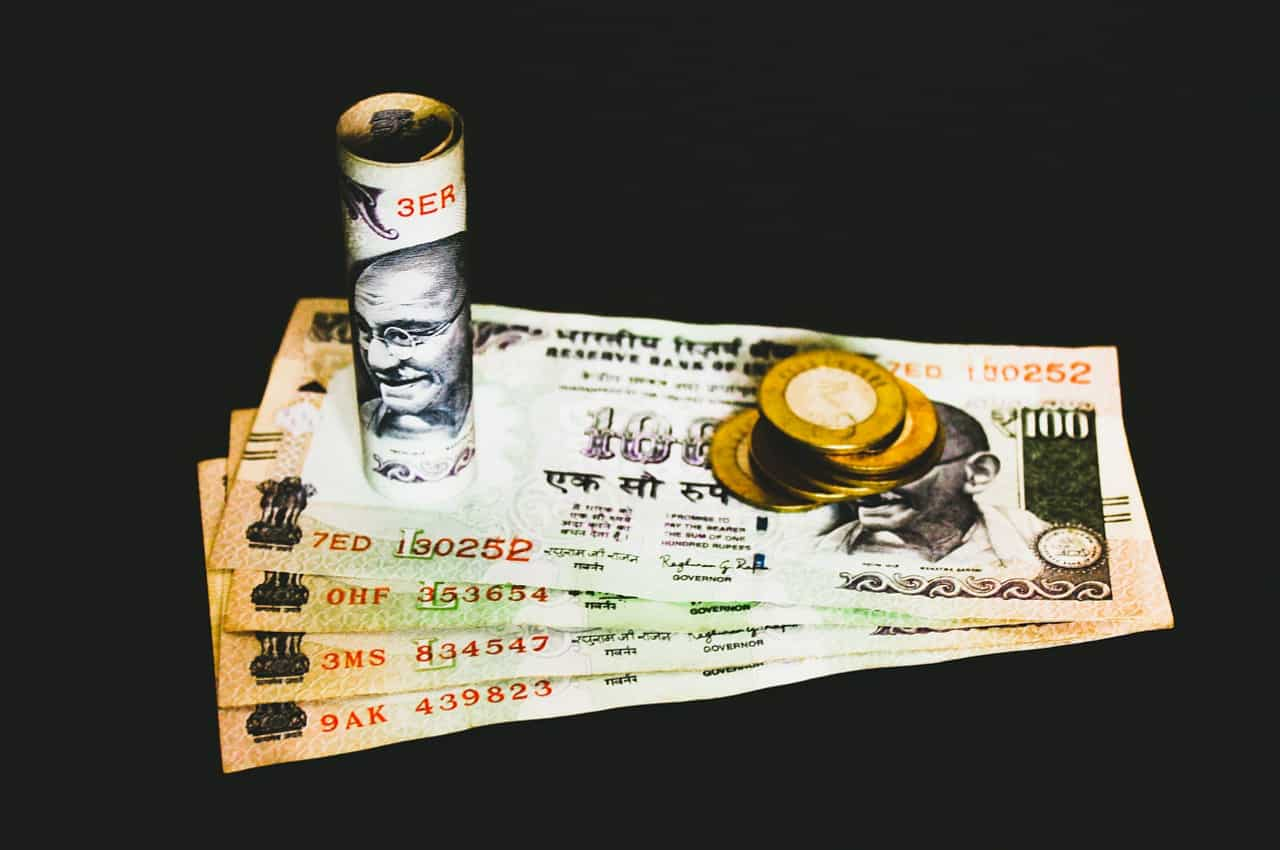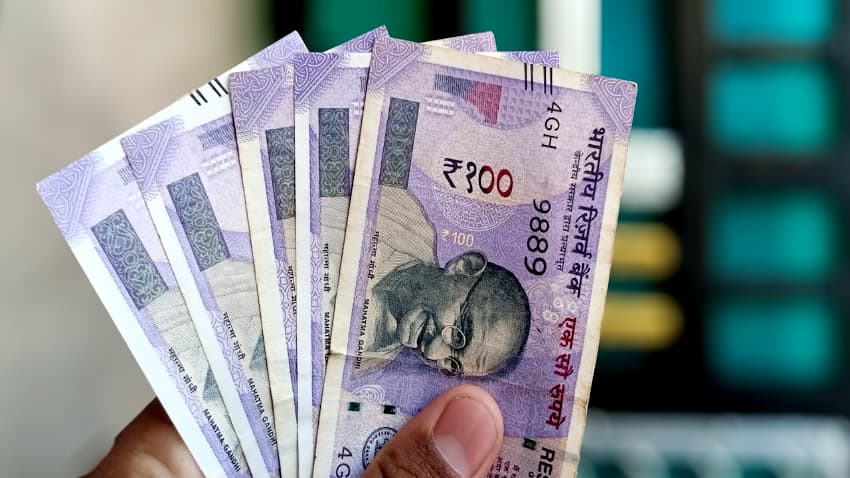New Tax Regime Calculations: Is your annual income Rs 12,76,000? Will you be taxed on Rs 1,000, or Rs 12,76,000 in proposed new tax regime? Know rules
Income Tax Calculations: For the financial year 2025-26, taxpayers can file their income tax return on the basis of the proposed new tax regime, where income up to Rs 12,75,000 for the salaried class is tax-free. But if they earn Rs 1,000 more than that? Will they be taxed on Rs 1,000 or Rs 1,276,000?
Income Tax Calculator: The financial year 2024-25 is about to end in a little over a month. Taxpayers have the option to select the new tax regime and the old tax regime to file their income tax return (ITR). Depending on their income slab and deductions, they can pick either of them. The new tax regime is the default option for new taxpayers, but if they want, they can pick or switch back to the old tax regime. However, new tax regime slabs will be available for this financial year. From the next financial year (2025-26), Finance Minister Nirmala Sitharaman has proposed new tax regime slabs. According to that, non-salaried class individuals with an income up to Rs 12,00,000 in a financial year don't have to pay tax, while the limit for salaried-class individuals for the same is Rs 12,75,000. But what if a salaried class individual is earning Rs 12,76,000? Will they be taxed on Rs 1,000 or Rs 1,276,000?
Photos: Unspalsh/Pixabay/Pexels
(Disclaimer: These are projections.Actual calculations may vary.)
What is tax-free limit in existing new tax regime?

What is tax-free limit in proposed new tax regime?

Why is tax-free limit different for salaried and non-salaried individuals?

How is Rs 1,275,000 income tax-free?

How will Rs 60,000 rebate make income tax-free?

How is tax calculated if income increases?

Marginal tax relief

Taxpayers with slightly more income than the tax-free income limit can take the benefit of marginal relief under Section 87A. Marginal relief is that if anyone's income increases slightly above the tax-free limit, they don't have to pay tax more than their incremental income. Let's see a couple of examples of how it will work for a salaried class person.
Marginal tax relief examples

Let's take the example of a person who has Rs 1,300,000 in annual income. After a standard deduction of Rs 75,000, their incremental income is Rs 25,000. While the tax on Rs 12 lakh income is Rs 60,000. So, in such a case, the lower amount is Rs 25,000, which will be the tax on Rs 1,300,000. However, the taxpayer will pay an additional tax of 4 per cent as health and education cess. So, the total tax liability will be Rs 26,000 (Rs 25,000+ 4 per cent of Rs 25,000).
Marginal tax relief examples

On a Rs 13,50,000 income, after a standard deduction of Rs 75,000, the taxable income is Rs 12,75,000. The tax on this income will be Rs 71,250. After adding a 4 per cent health and education cess, the total tax will be Rs 74,100. So the tax liability will be the lower of Rs 75,000 (incremental income) and Rs 74,100 (tax), which in this case is Rs 74,100.
Tax on Rs 12,76,000 income without marginal relief

Tax on Rs 12,76,000 income with marginal relief








